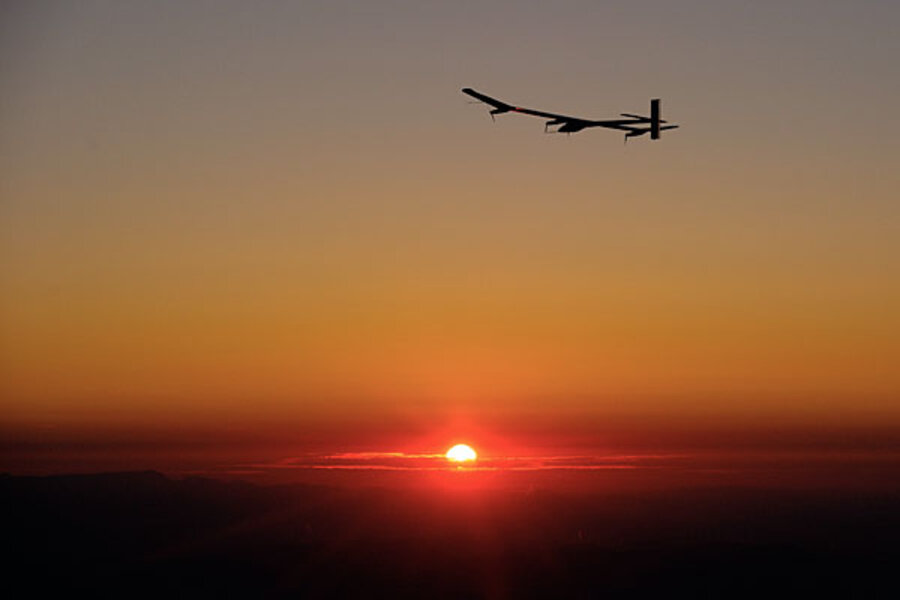Icarus would be envious. In July, Swiss pilot Andre Borschberg completed the first solar-powered night flight.
The 26-hour-9-minute flight over Europe redrew the frontiers of aviation, as well as those of technology. It proved that an aircraft can rely on solar power to stay aloft continuously; charging by day and flying on its lithium polymer batteries through the night.
The Solar Impulse has four electric motors and 12,000 solar cells built into its 193-foot-long wings. It is a prototype for an aircraft that its inventors hope will fly from New York to Paris in 2012, and later complete the first solar-powered circumnavigation of the globe.
The July flight was also the longest and highest flight in the history of solar aviation, organizers told Reuters.
Bertrand Piccard, head of the project and famous for completing the first round-the-world flight in a hot air balloon in 1999, said the flight showed the potential of renewable energies and clean technology. "We are on the verge of the perpetual flight," he said.





